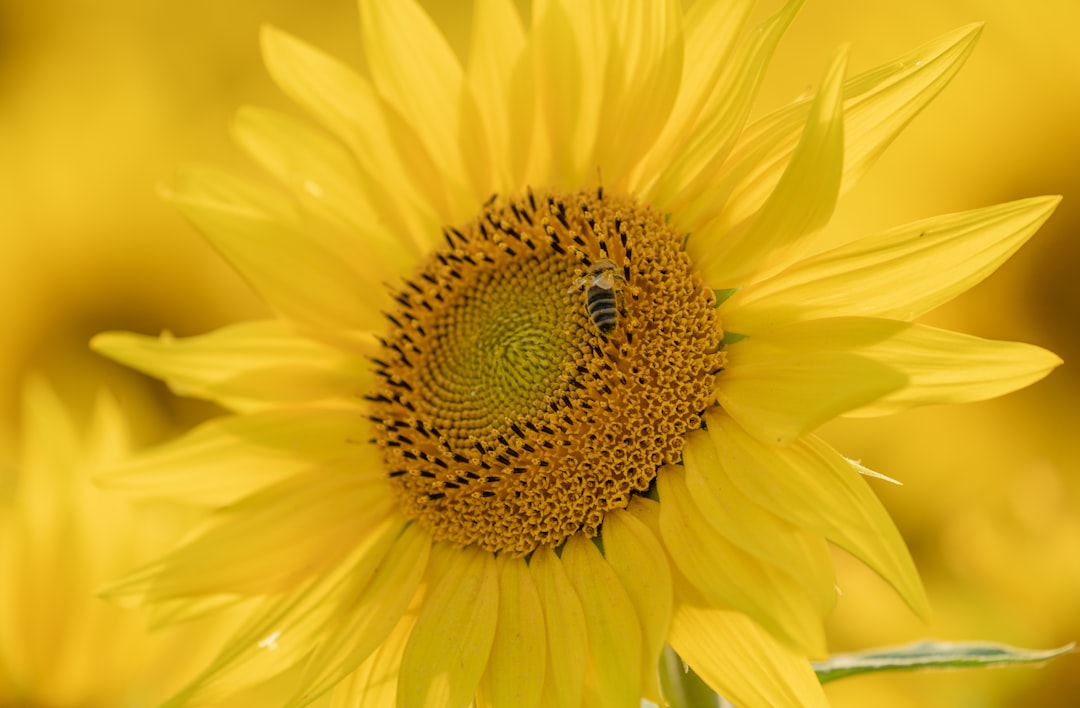Spring's Arboreal Wonders: Unveiling the Ideal Trees for Your Garden

Spring is a magical time for gardeners, a season brimming with new beginnings and the promise of growth. Among the many gardening endeavors, planting trees stands out as a rewarding and impactful activity. Not only do trees enhance the beauty of your landscape, but they also provide numerous environmental benefits, such as improving air quality, reducing noise pollution, and providing habitat for wildlife. However, choosing the right trees for your garden is crucial for their long - term success. In this article, we will explore expert tips on which trees are the best for planting in spring and why it matters for the overall health and vitality of your trees.
One of the first factors to consider when selecting trees for spring planting is the climate and soil conditions of your area. Different trees have different preferences when it comes to temperature, moisture, and soil type. For example, in regions with cold winters and short growing seasons, hardy trees like the Eastern Red Cedar (Juniperus virginiana) are an excellent choice. These evergreen trees are well - adapted to cold climates and can tolerate a wide range of soil conditions, from sandy to clayey. They also provide year - round interest with their blue - green foliage and berry - like cones.
On the other hand, if you live in a warmer climate with mild winters, you might consider the Southern Magnolia (Magnolia grandiflora). This majestic tree is known for its large, fragrant white flowers and glossy, leathery leaves. It thrives in well - drained, acidic soils and prefers full sun to partial shade. The Southern Magnolia can add a touch of elegance and charm to any garden, but it is important to ensure that the soil conditions are suitable before planting.
Another important consideration is the size and growth habit of the tree. Some trees, like the Weeping Willow (Salix babylonica), can grow quite large and have a spreading growth habit. These trees require ample space to grow and should be planted away from buildings, power lines, and other structures. The Weeping Willow is also known for its love of water and is often found near rivers and lakes. It adds a graceful and romantic touch to the landscape with its long, drooping branches.
In contrast, smaller trees like the Japanese Maple (Acer palmatum) are more suitable for smaller gardens or as accent plants. These trees come in a variety of colors and leaf shapes, from bright red to soft green. They prefer partial shade and well - drained soil. The Japanese Maple can create a focal point in your garden and provide stunning fall color.
It is also essential to think about the purpose of planting the tree. Are you looking for a tree that provides shade, privacy, or attracts wildlife? If shade is your goal, the American Elm (Ulmus americana) is a great option. Once a common sight in American cities, the American Elm can grow to be quite large and has a broad, spreading canopy that provides excellent shade. However, due to the Dutch Elm disease, it is important to choose disease - resistant varieties.
If you want to attract wildlife, the Serviceberry (Amelanchier spp.) is a wonderful choice. This tree produces beautiful white flowers in the spring, followed by edible berries in the summer. The berries are a favorite food source for birds and other wildlife. The Serviceberry also has lovely fall color, with leaves turning shades of red, orange, and yellow.
Now, let's discuss why spring is the ideal time for tree planting. Spring offers several advantages for newly planted trees. The soil is starting to warm up, which encourages root growth. The weather is generally mild, with less extreme heat or cold, reducing stress on the tree. Additionally, there is usually more rainfall in the spring, providing the tree with the moisture it needs to establish itself.
When planting a tree in the spring, it is important to prepare the soil properly. Start by digging a hole that is two to three times wider than the root ball of the tree but no deeper. Loosen the soil at the bottom of the hole to allow the roots to penetrate easily. Gently remove the tree from its container or burlap and place it in the hole. Make sure the tree is straight and the top of the root ball is level with the surrounding soil.
Backfill the hole with soil, tamping it down gently as you go to remove any air pockets. Water the tree thoroughly after planting to settle the soil around the roots. Apply a layer of mulch around the base of the tree, but keep it away from the trunk to prevent moisture - related diseases. Monitor the tree regularly during the first few weeks and water it as needed, especially during dry spells.
In conclusion, choosing the right trees for spring planting is a decision that requires careful consideration of climate, soil conditions, size, growth habit, and purpose. By selecting the appropriate trees and following proper planting techniques, you can ensure the success of your trees and enjoy their beauty and benefits for years to come. Whether you are a seasoned gardener or a beginner, spring is the perfect time to add a new tree to your garden and contribute to a greener, more sustainable environment.